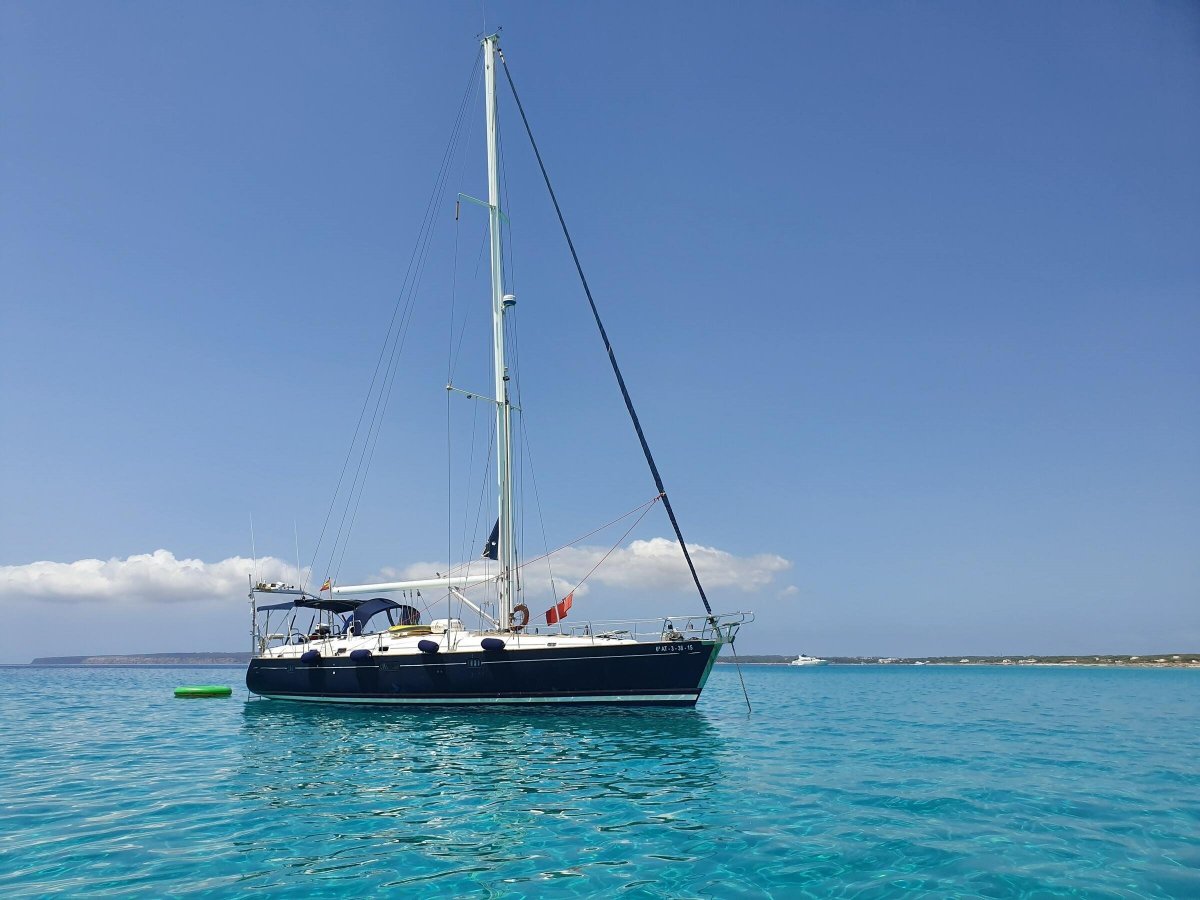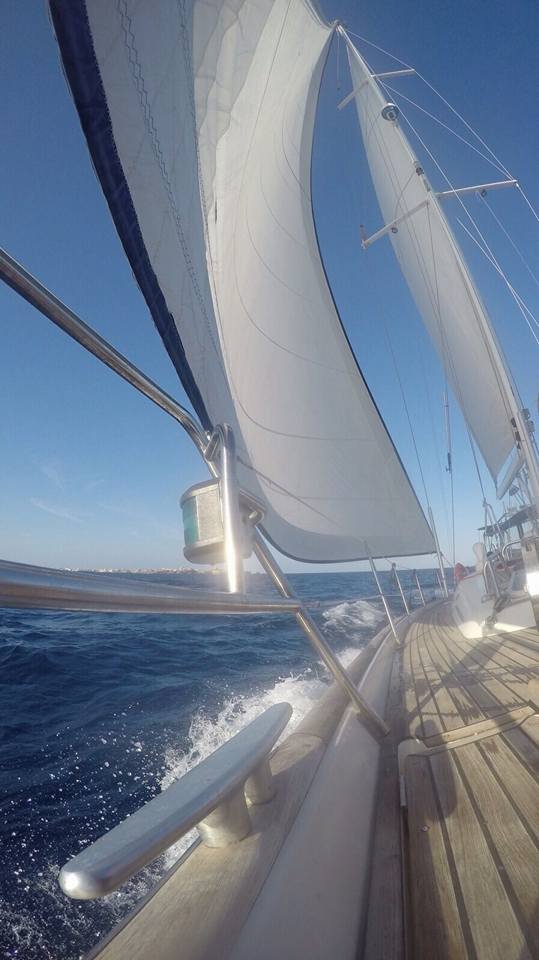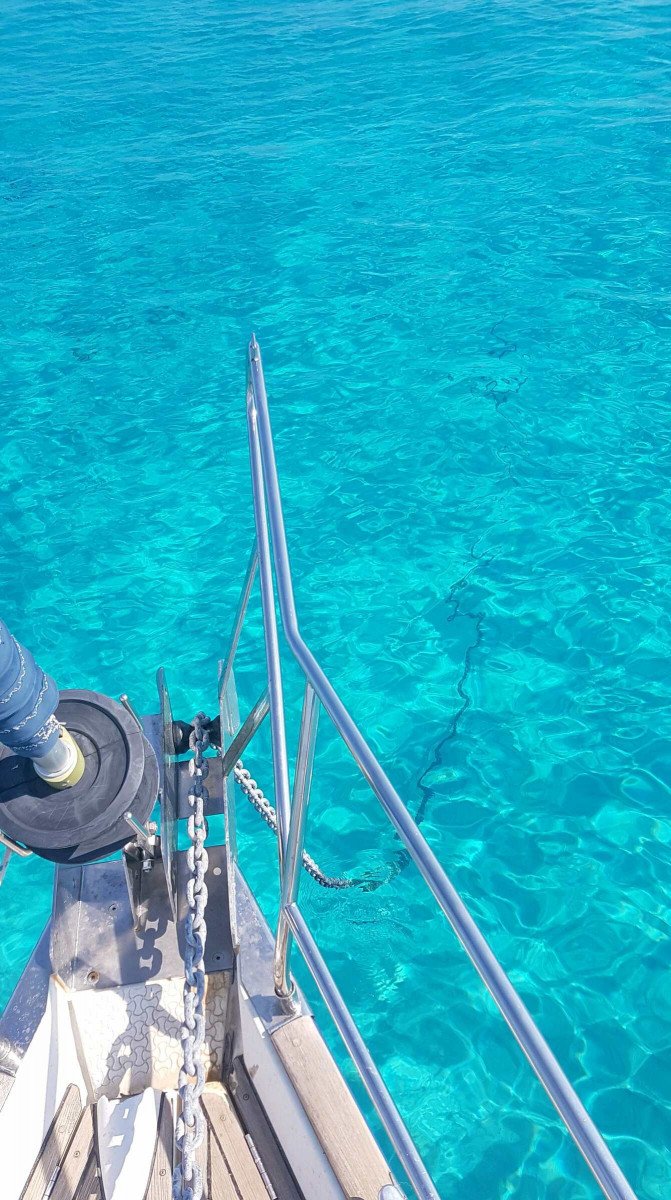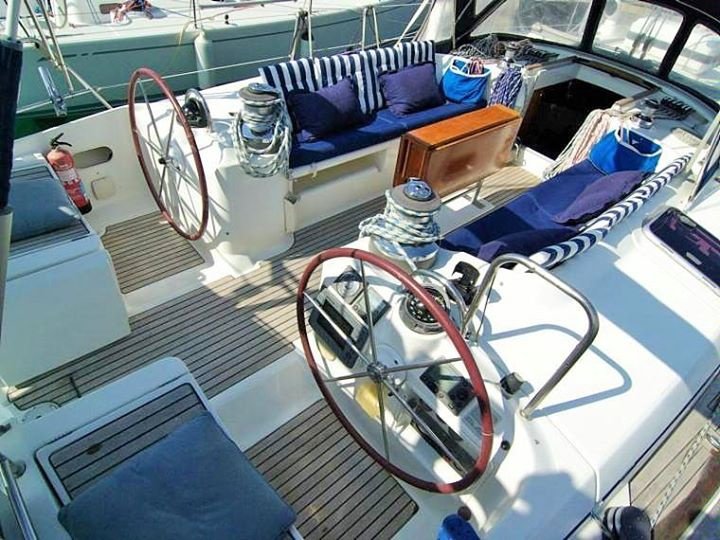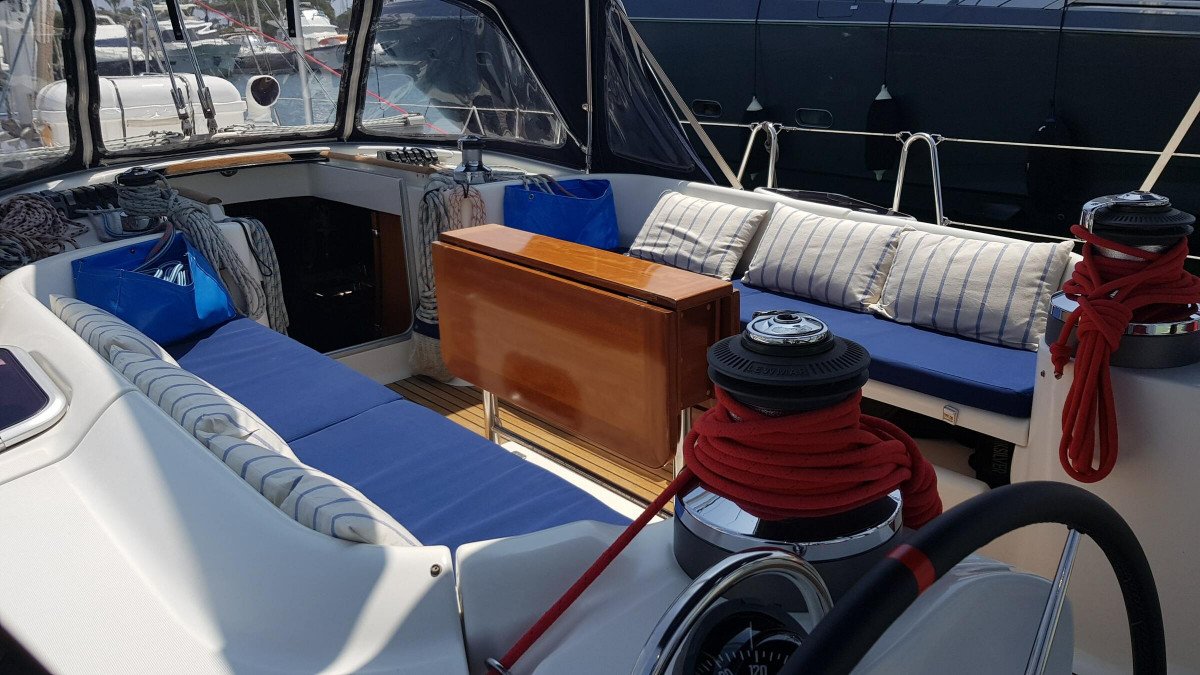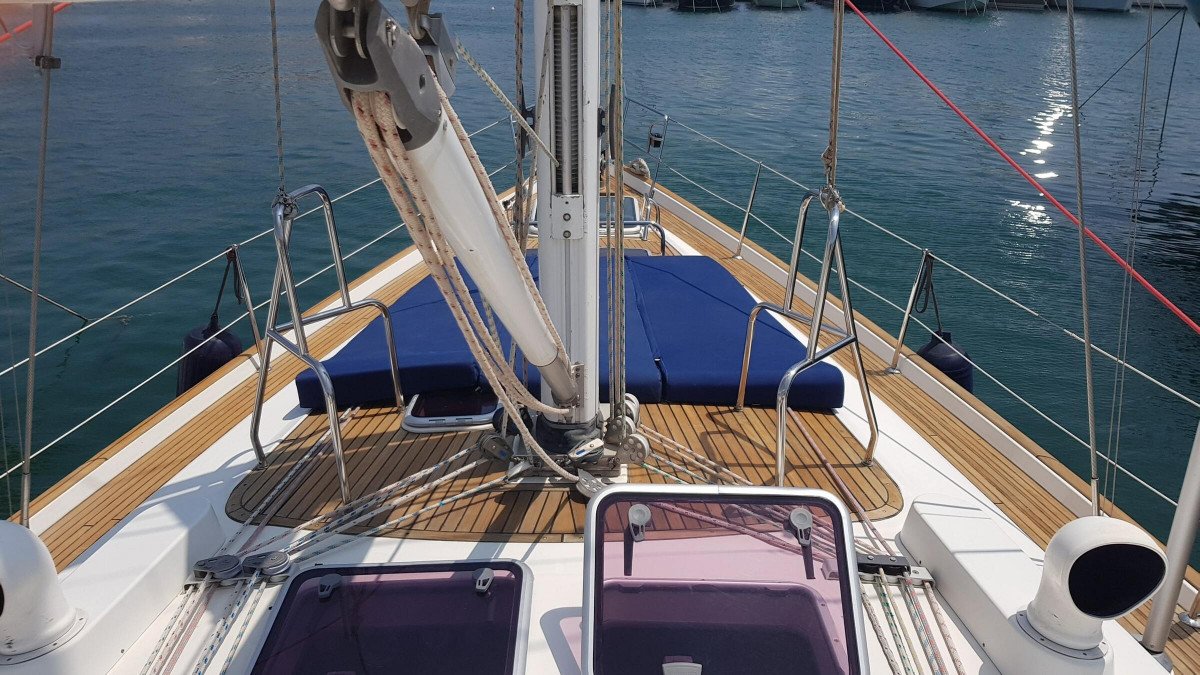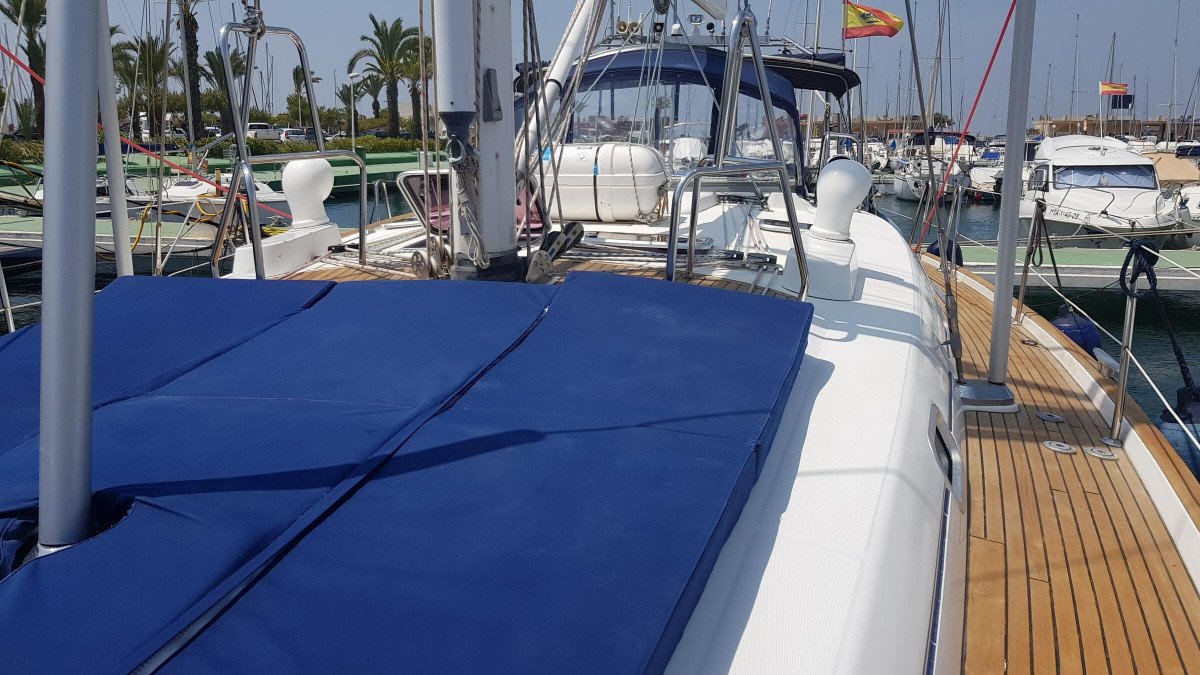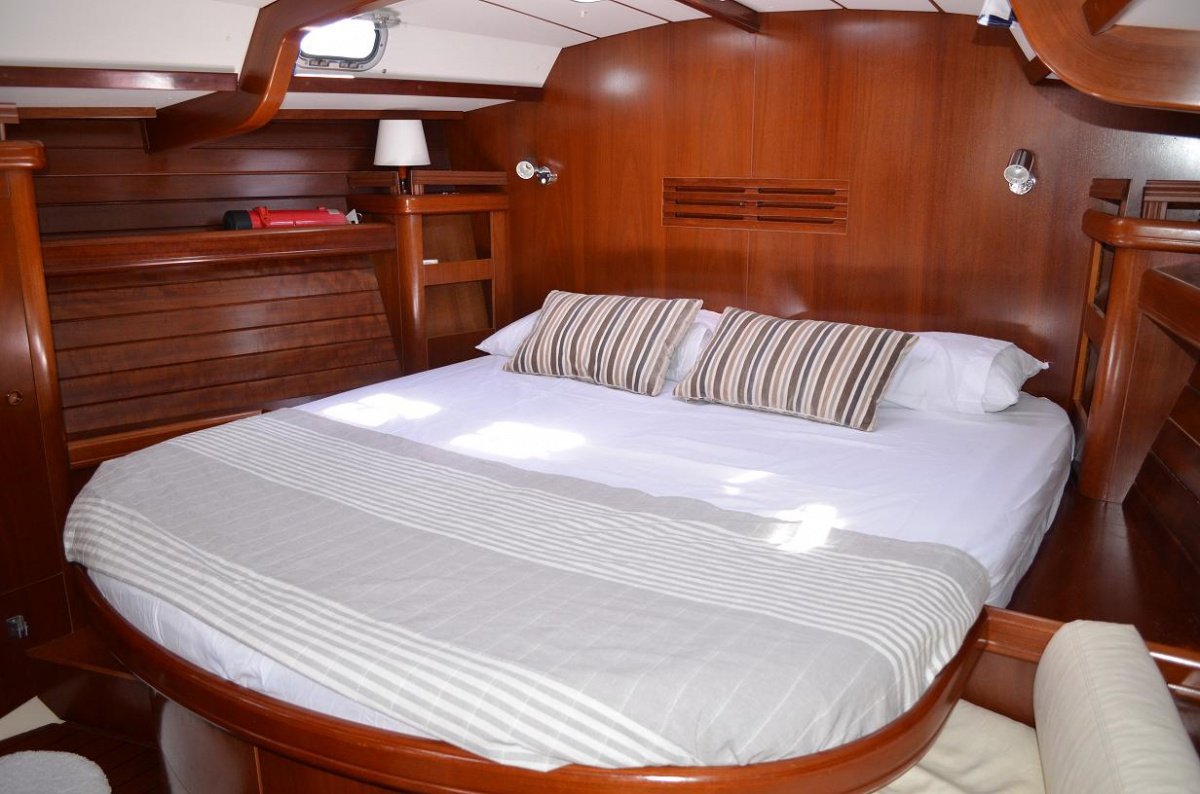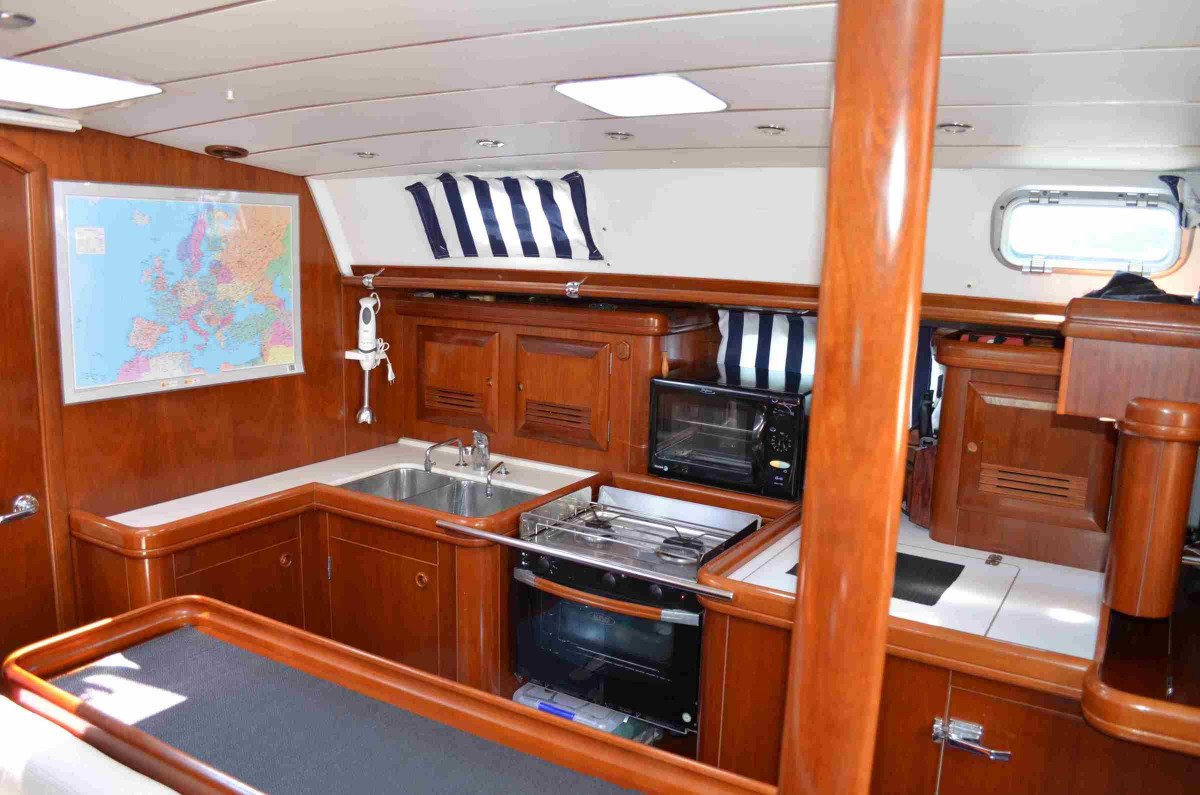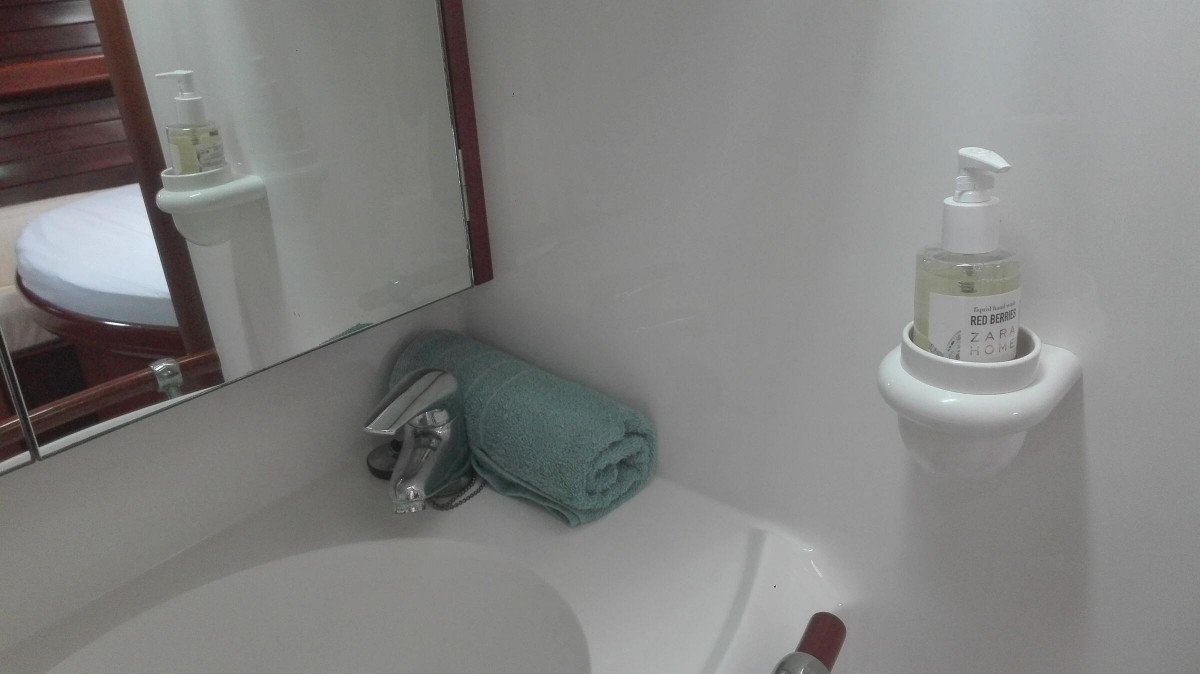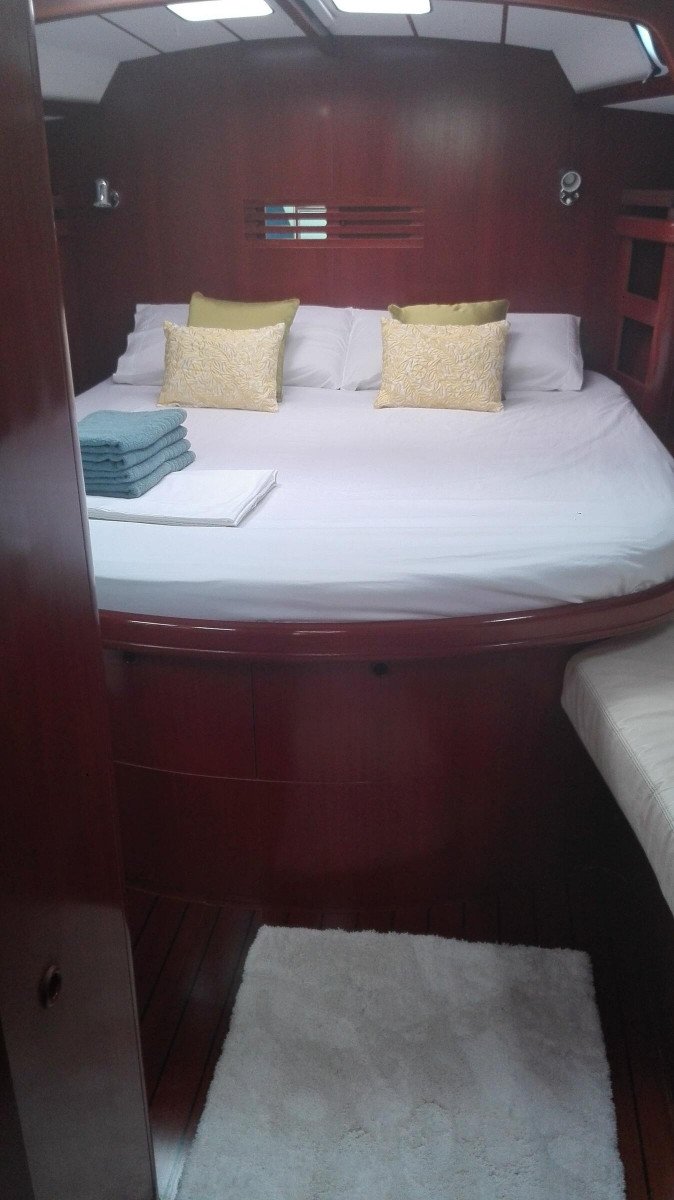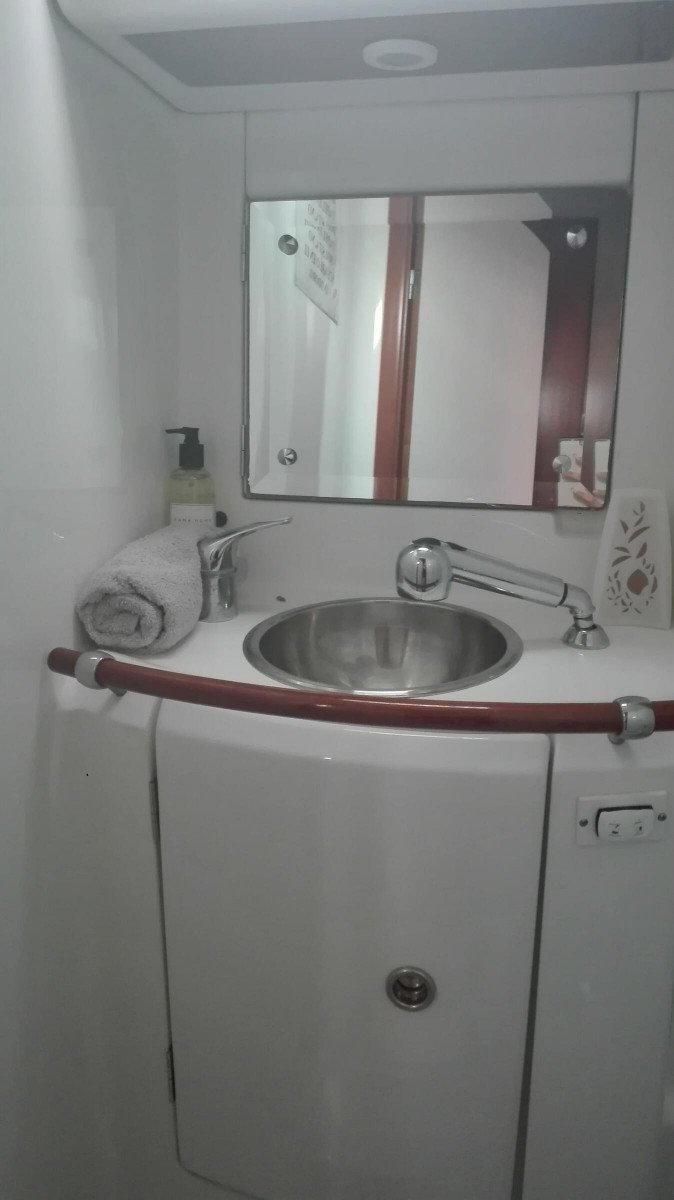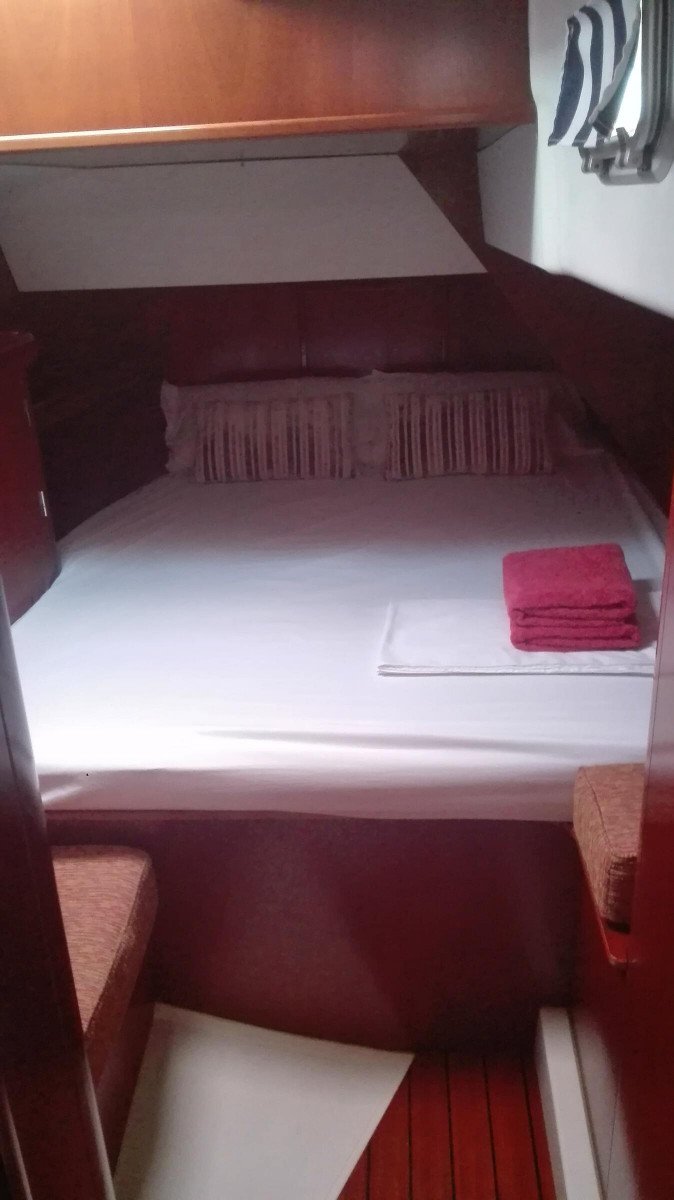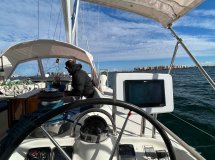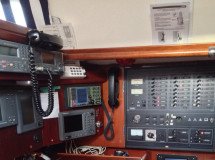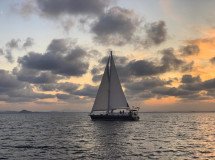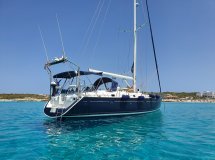Practice schedule:
Saturday hours: 09:00-18:00. (Navigation and security)
Sunday hours: 09:00-17:00. Navigation and Security)
The Schedules may be modified, if the students have more practices contracted as an extension to the Balearic Islands and sailing, being able to carry out the practice in the Crossing Regime
Section 1. Safety and checks before going out to sea.
Knowledge and management of safety material, review of the critical points of the boat and checks prior to going out to sea.
Section 2. Defeat planning and firefighting. Route planning: Identification of the area to be navigated, status and capacity of the
crew and interpretation of weather forecasts. Fire fighting issues.
Section 3. Motors and electrical installation. Identification of the elements of the propulsion installation and the electrical installation. Engine starting and functional checks.
Section 4. Vessel maintenance, pollution prevention and ropes. Maintenance of the boat and its elements. Precautions depending on the material of the same. Antifouling. Prevention of marine pollution. Management of ropes and basic knots.
Section 5. Maneuvers. Maneuvers in the dock, berths and unberths. Safety speed.
Section 6. Anchoring, surveillance and control of the route. Anchorage maneuver and course control and RIPA rules. brand identification and
beacons. Reverse course and precautions in night navigation and with limited visibility.
Section 7. Navigation. Practical navigation aspects, such as the determination of the total correction by leading lines, the situation by delays, leading lines and GNSS equipment, as well as by dead reckoning. Using the probe and slider. Quick positioning on the chart. Reconnaissance of the coast, delays and safety contour.
Section 8. Safety maneuvers. Man overboard maneuver, using the MOB function of the GNSS equipment, and to give and receive tow maneuvers. Precautions will also be taken into account when rescuing from a boat and with helicopters.
Read more

